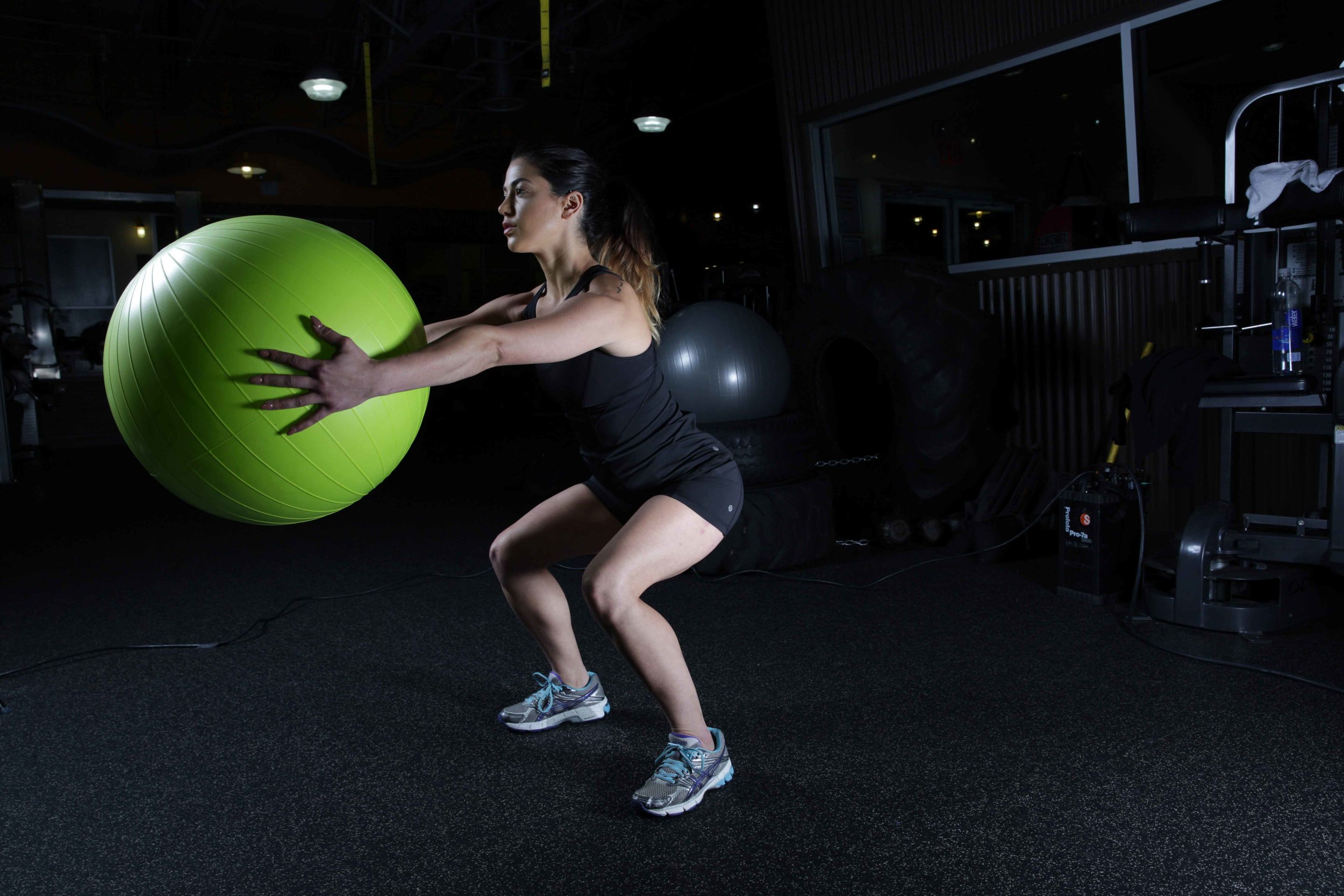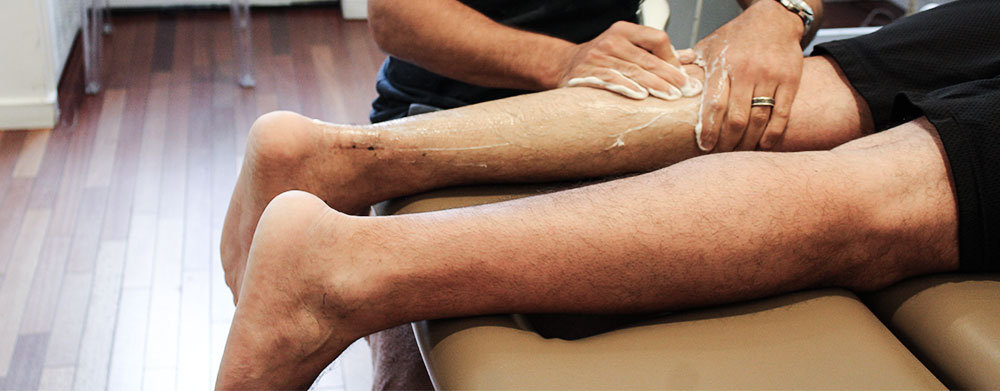
Brooklyn Physical Therapy News- Evolve NY
Muscle Knots and Trigger Points
Muscle Knots, Trigger Points, and Physical Therapy- Did you know that our body can develop little bumps and knots within muscle tissue? You might even have one right now! If you’re experiencing body pain, chances are a muscle knot is causing your pain.
Muscle Knots and Physical Therapy
Did you know that our body can develop little bumps and knots within muscle tissue? You might even have one right now! If you’re experiencing body pain, chances are a muscle knot is causing your pain.
What are Muscle Knots?
Muscle Knots are those small, bump like areas in your muscles that cause pain when pressed or touched. They’re formally called a Trigger Point, and it literally does what it is called. It “triggers” a painful sensation where it is found, and can also affect nearby areas. The medical dictionary defines it as, a hyperirritable spot, a palpable nodule found in the taut bands of skeletal muscle. These annoying little spots can develop anywhere in our body, specifically in areas that are tense and tight. Aside from causing pain, muscle knots also commonly decrease a person’s range of motion.
What Causes Muscle Knots?
Muscle Knots or Trigger points are a result of muscle tension and tightness. Anyone can develop them, even an active athlete can have them. Muscle tightness usually comes from repetitive motion and activities. For example, if you are a weightlifter, you train the same weight lifting muscles everyday (and neglect some other muscles), therefore repeating the same movements every time you exercise. This tends to result in muscle tightness on certain areas. Muscle tension on the other hand can be a result of stress, such as when an office worker is stressed out about work. Muscle tension can also come from direct trauma or pain.
When muscles are tensed and tight, they cut off the blood supply of the microstructures within the muscle so all the dirty metabolites and waste by-products of these structures do not drain properly. Furthermore, muscle fails to relax after tensing up. This happens when a muscle is overworked, such as when we perform repetitive motions. The build up of these waste material is thought to be the muscle knot or trigger point. In another example, when the muscle experiences trauma, the muscle tenses, contracts and tightens as a means to protect itself from further injury. This is primarily a protective reaction mechanism of the body that blocks off blood supply, resulting in another accumulation of waste in an affected area. We must also remember that these occurrences are involuntary movement within the muscle. We cannot willfully control the chain of events that happen within these structures.
What are the signs and symptoms of a trigger point?
Symptoms usually start with a localized pain in a muscle when pressed and may cause pain in another area. For example, pressing a trigger point found in the shoulder may cause a headache. This is called “referred pain”. Typically, it starts with muscles that are involved in maintaining posture such as the neck, shoulders and low back, but may still develop in other muscles like the calf, quadriceps or hamstrings.
In your first session with a Physical Therapist, they normally would conduct an assessment and evaluation to determine what your body’s current status is. Your PT will perform a physical exam where he will try to find and palpate your muscle knots. He will pay close attention if he can elicit a muscle twitch, a transient, small or palpable muscle contraction. Oftentimes, a physical therapist can also elicit a jump sign in which an individual is startled by intense pain - this reflects the extreme tenderness of a trigger point. Aside from this, your PT will also check your range of motion because frequently, there is a limitation or a decrease in range caused by muscle knots. Lastly, your posture will also be examined, since trigger points are most commonly found in muscles involving posture.
Trigger points are commonly disregarded in a diagnosis. This is because there are no laboratory or imaging techniques that can confirm if you have a trigger point. Diagnosis is based purely on medical history, physical examination, and physical manifestations.
How Can a Physical Therapist Help?
The goal of physical therapy is to help you manage the pain and prevent it from recurring. After a thorough assessment, treatment usually starts off by breaking down the trigger point and releasing the muscles that are tight. There are a number of treatment modalities that your physical therapist can use to break down the knots. Manual techniques such as massage, stretching, manual therapy, soft-tissue therapy, active release therapy, and ischemic compression techniques are used to release the muscle and further break down the knot. A technique called the Stretch and Spray is also an option to use. With this technique, your PT will stretch the affected muscle and spray a vapocoolant spray - a cold modality - to numb the pain you feel when a knot is pressed or stretched. Your muscles will also need strength and re-conditioning after the muscle knot subsides as they are more than likely in a bad shape after all that tension and then sudden release. Your Physical Therapist will curate an exercise program based on his evaluation. Aerobic exercise should also be part of your rehabilitation program to increase your overall endurance.
If the trigger point causes too much pain, your PT can use electrical stimulation to lessen the pain. Doctors can also perform a steroid injection to the trigger point to lessen the pain and tenderness and make it easier for you to perform daily tasks.
What can you do at home?
Success of a physical therapy rehabilitation program also depends on your diligence to perform exercises given by your physical therapist. You should continue stretching and strengthening your muscles at home. You can opt to use hot or cold compresses and applying it to the painful area. If you can’t take the pain, there’s no harm in taking pain medications prescribed by your doctor. You can also try self massaging your painful muscles and joints, heating pads, cold compresses, or use use a tennis ball (any firm ball actually) or a glass bottle to massage your painful areas.
Trigger points form because of stress and tension, lessen these factors by learning relaxation techniques such as deep breathing exercises and meditation. Muscle tension and tightness results from improper posture and alignment, you should then adjust your ergonomics based on your needs. For example, fix your workstation at the office so you’ll be able to sit and work comfortably without straining your neck, shoulders and back. Live a stress-free life by getting more rest and sleep, eating healthy, engaging in regular physical activity like swimming, running, or cycling.
In Conclusion…
Muscle knots or Trigger Points, can potentially have a debilitating effect on our everyday function. Do not wait until the pain is unbearable before consulting a doctor or a Physical Therapist. Keep in mind, your physical therapy session is just one half of your road to recovery. Your physical therapist will show you how to eliminate, manage, and prevent trigger points from hopefully ever happening again.
Brooklyn's Premier Physical Therapy Clinics-
There’s physical therapy, there’s training, and then there’s EVOLVE. We use the science of biomechanics merged with fitness to help our patients get better and stay better!
First we evaluate, then we heal, then we strengthen our clients so they can reach their goals, feel better, and live happier lives. We do so by utilizing a range of core techniques and specialized treatments to reduce pain, improve mobility, enhance physical strength and deal with the underlying issues, not just the pain itself.
Got Pain? Schedule a Consultation Today! Walk Ins Welcome.
Multiple Locations!



